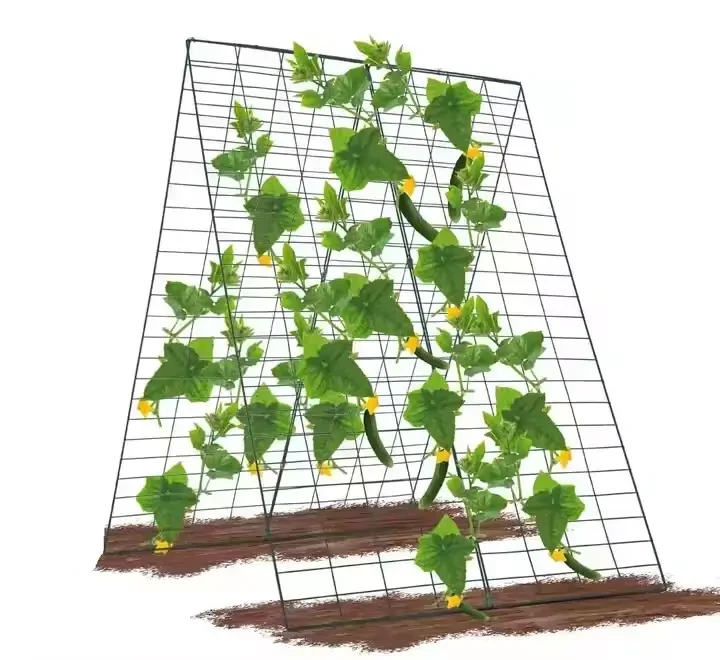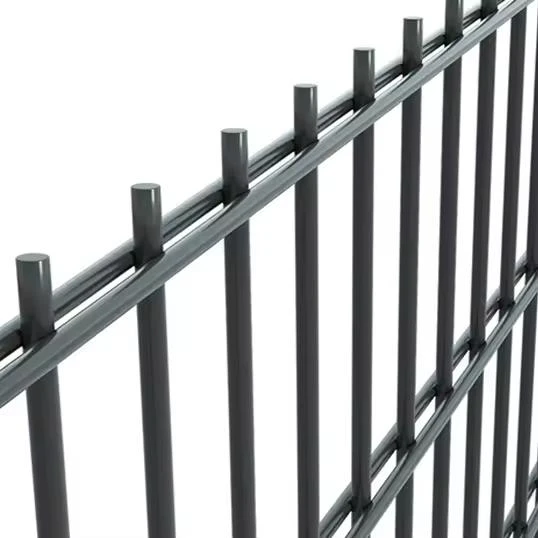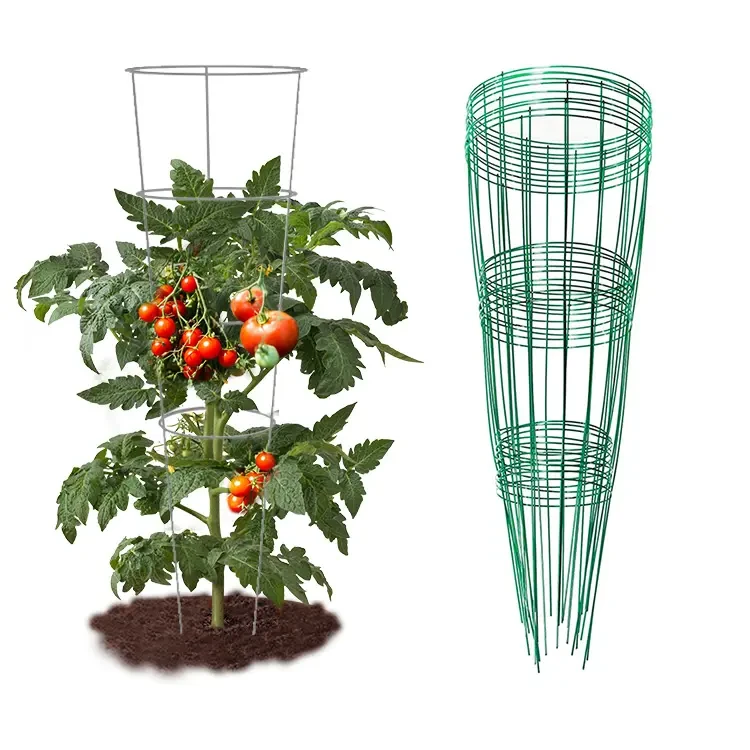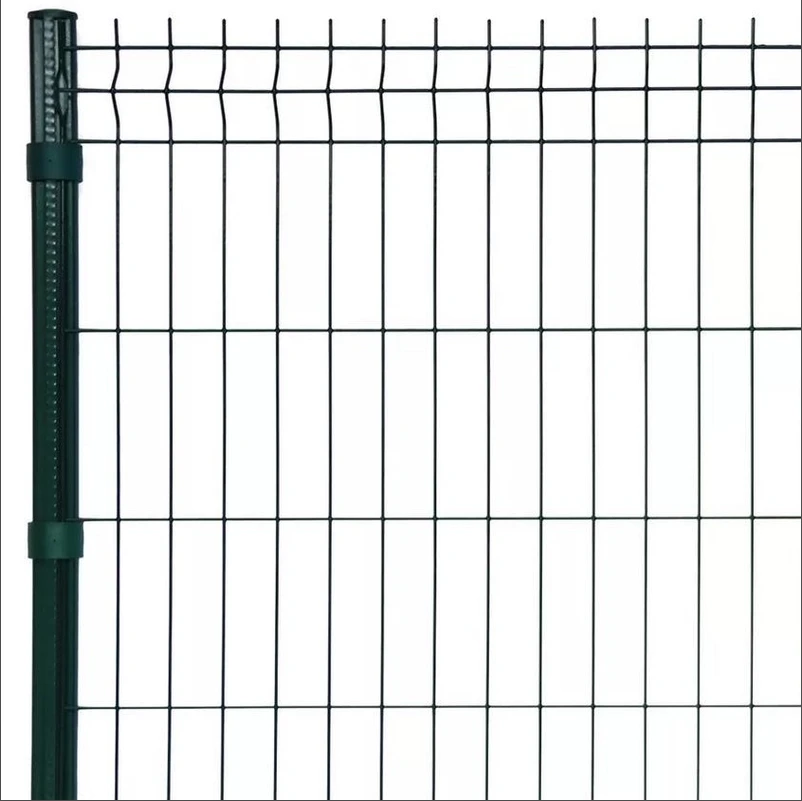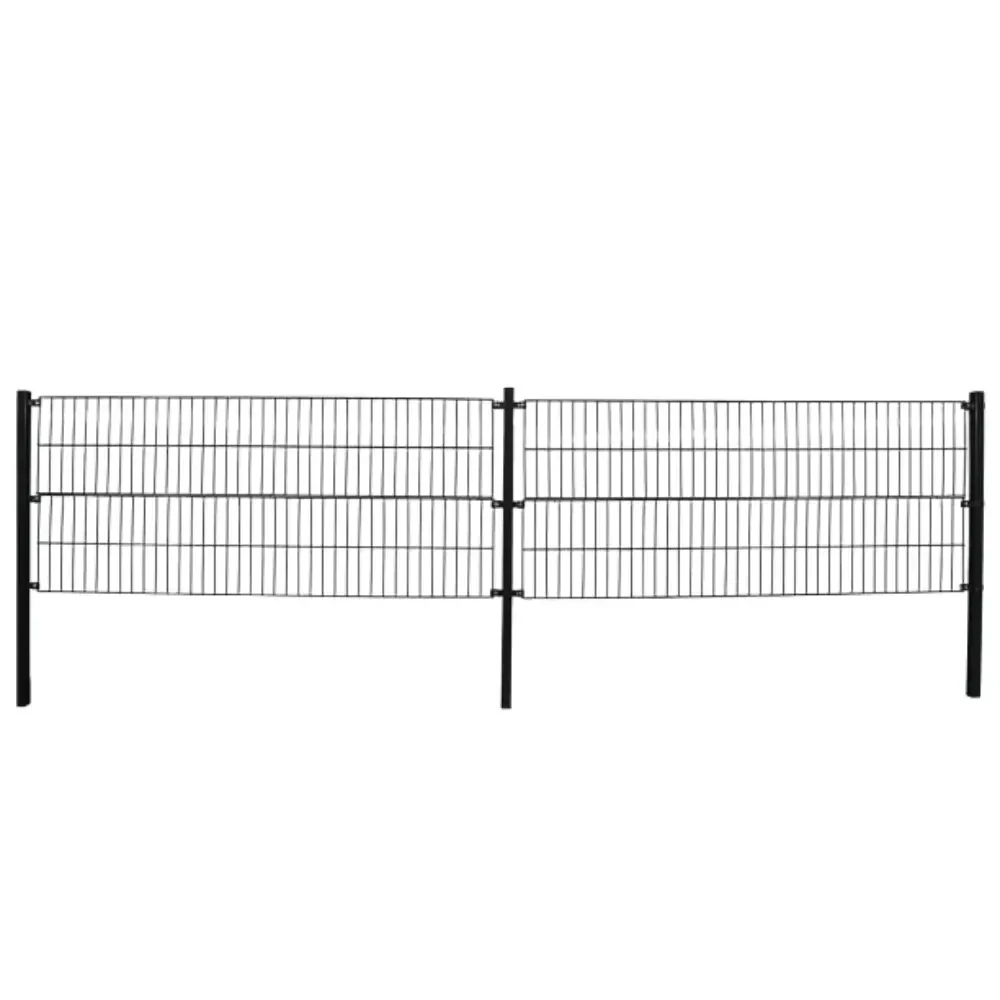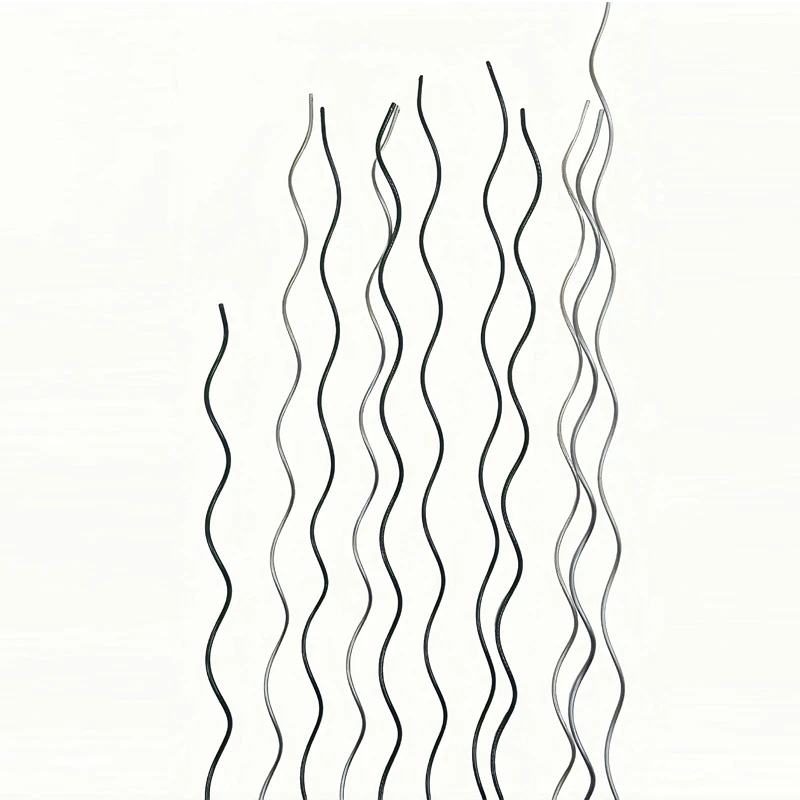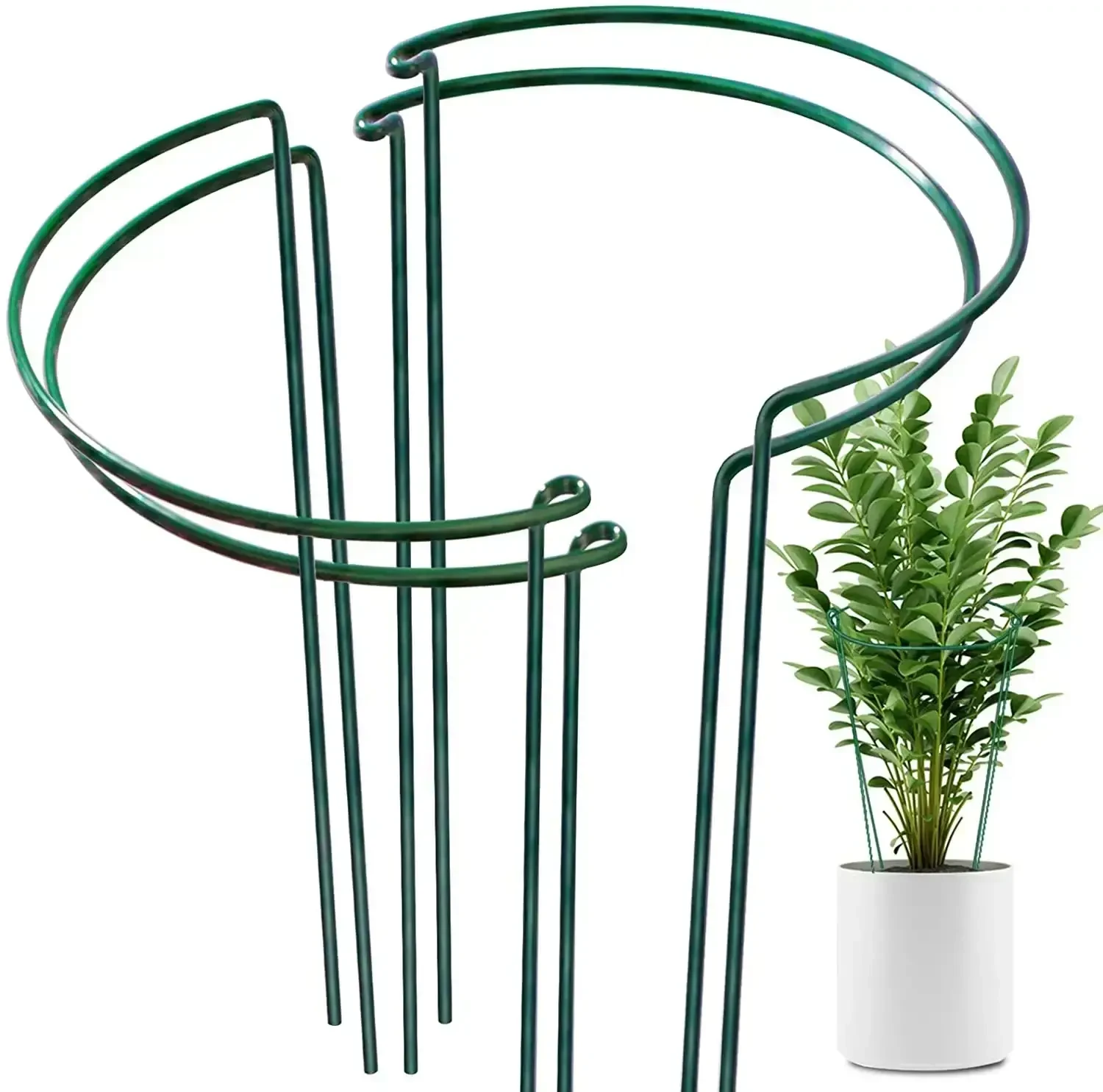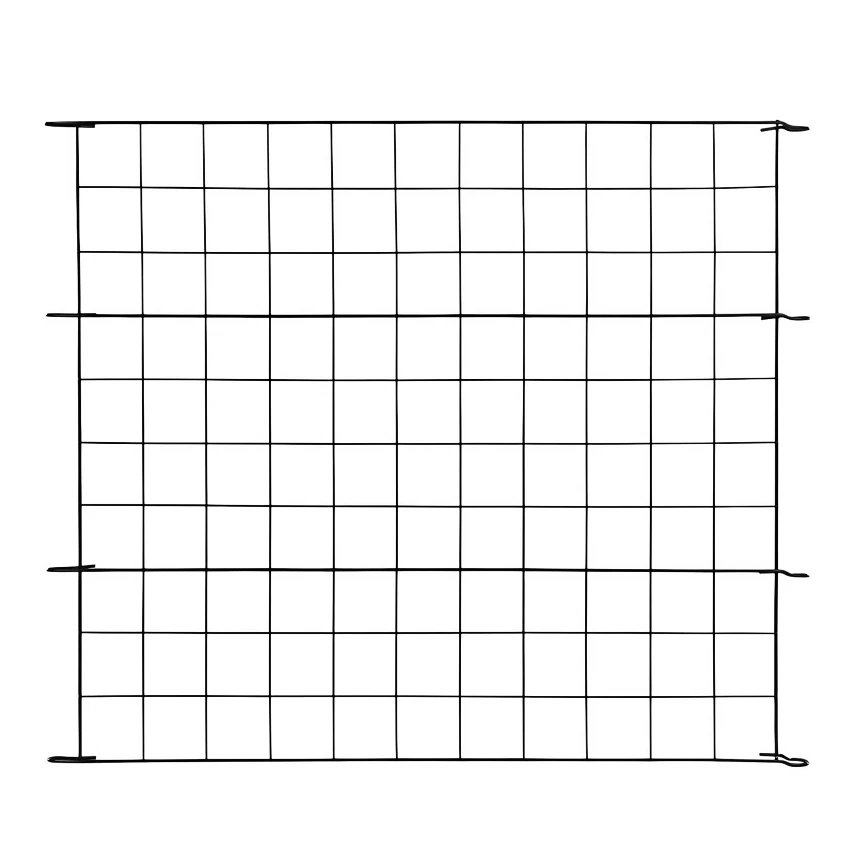-

-
 Whatsapp:+86 17732187393
Whatsapp:+86 17732187393 -


- Afrikaans
- Albanian
- Amharic
- Arabic
- Armenian
- Azerbaijani
- Basque
- Belarusian
- Bengali
- Bosnian
- Bulgarian
- Catalan
- Cebuano
- Corsican
- Croatian
- Czech
- Danish
- Dutch
- English
- Esperanto
- Estonian
- Finnish
- French
- Frisian
- Galician
- Georgian
- German
- Greek
- Gujarati
- haitian_creole
- hausa
- hawaiian
- Hebrew
- Hindi
- Miao
- Hungarian
- Icelandic
- igbo
- Indonesian
- irish
- Italian
- Japanese
- Javanese
- Kannada
- kazakh
- Khmer
- Rwandese
- Korean
- Kurdish
- Kyrgyz
- Lao
- Latin
- Latvian
- Lithuanian
- Luxembourgish
- Macedonian
- Malgashi
- Malay
- Malayalam
- Maltese
- Maori
- Marathi
- Mongolian
- Myanmar
- Nepali
- Norwegian
- Norwegian
- Occitan
- Pashto
- Persian
- Polish
- Portuguese
- Punjabi
- Romanian
- Russian
- Samoan
- scottish-gaelic
- Serbian
- Sesotho
- Shona
- Sindhi
- Sinhala
- Slovak
- Slovenian
- Somali
- Spanish
- Sundanese
- Swahili
- Swedish
- Tagalog
- Tajik
- Tamil
- Tatar
- Telugu
- Thai
- Turkish
- Turkmen
- Ukrainian
- Urdu
- Uighur
- Uzbek
- Vietnamese
- Welsh
- Bantu
- Yiddish
- Yoruba
- Zulu
small farm fence
A Comprehensive Guide to Building a Small Farm Fence
Fencing is an essential component of managing a small farm. It helps to define property boundaries, keeps livestock contained, and protects crops from wildlife. When planning your fencing project, there are several factors to consider, including materials, design, and overall purpose. This article provides a comprehensive guide to building a small farm fence that meets your needs.
Understanding Your Needs
Before diving into the construction of your fence, it's vital to assess your specific requirements. Are you looking to contain livestock, protect gardens, or delineate property lines? The purpose of your fence will dictate its design and materials. For example, a fence intended for keeping goats secure might differ significantly from one that’s meant to contain chickens or prevent deer from entering a vegetable garden.
Choosing the Right Materials
The choice of materials for your farm fence is crucial for durability and effectiveness. Here are some common materials and their advantages
1. Wood Wooden fences offer a traditional and aesthetically pleasing option. They’re sturdy and can be customized in height and design. However, wood requires maintenance to prevent rot and insect damage. 2. Wire Barbed wire or woven wire fences are great for containing livestock like cattle and horses. They’re cost-effective and relatively easy to install. Wire fences can be combined with wooden posts for added strength and stability.
3. Vinyl Vinyl fencing is low-maintenance and can mimic the appearance of wood. It's durable and resistant to the elements but can be more expensive upfront.
4. Electric Fencing Electric fences are an increasingly popular option for small farms. They provide a psychological barrier for animals and can be very effective at keeping livestock contained without the need for high physical barriers.
5. Chain Link While more commonly used in urban environments, chain link can also be an option for small farms, providing security without significant visual obstruction.
Designing Your Fence
Once you've selected your materials, it's time to think about design. Here are some considerations
- Height The height of your fence will depend on what you're trying to contain or keep out. Generally, fences for livestock should be at least 4-5 feet high, while garden fences may only need to be 3-4 feet.
small farm fence
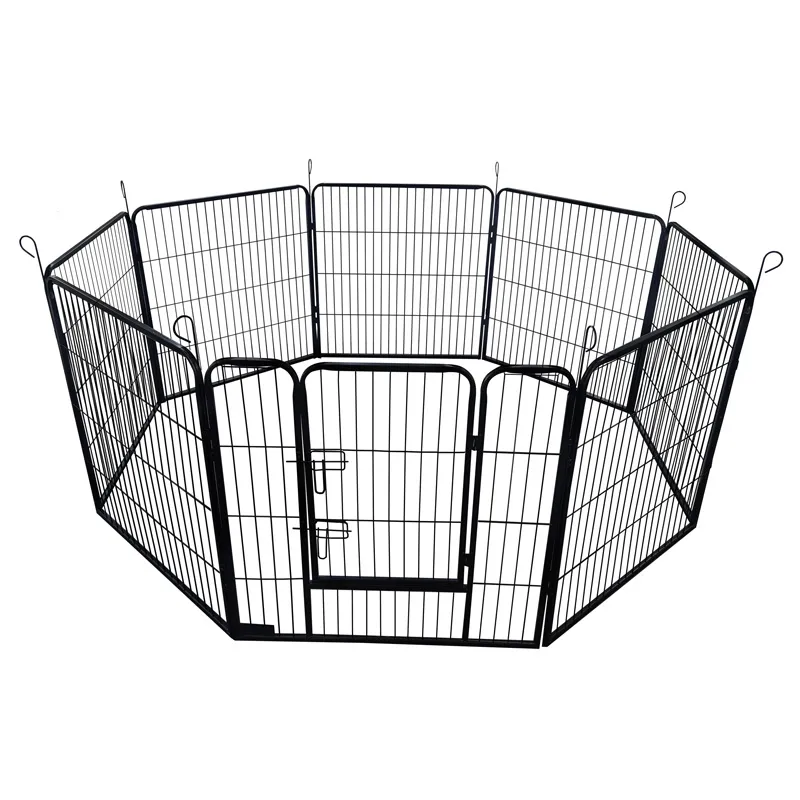
- Spacing Ensure that your posts are placed at a regular interval. The standard spacing is about 8-12 feet apart for wooden and metal posts.
- Access Points Consider how you will access your fields or gardens. Incorporate gates that are easy to open and close while securely containing your animals.
Installation Process
1. Planning Mark your fence line using stakes and string to visualize your layout.
2. Post Holes Dig holes for your posts to a depth of at least one-third the height above ground, ensuring stability.
3. Setting the Posts Place your posts in the holes and fill with concrete for added stability. Allow it to cure according to the manufacturer’s instructions.
4. Attaching the Fencing Material Whether using wire, wood, or another material, carefully attach it to your posts, ensuring it is taut and secure.
5. Gates Install your gates where necessary, ensuring they swing freely and close securely.
Maintenance and Upkeep
After your fence is installed, regular maintenance is crucial to longevity. Inspect your fence periodically for loose materials, signs of wear, and any breaches that may allow animals to escape or pests to enter. Repair any damaged areas promptly to maintain the integrity of your fence.
Conclusion
A well-built fence is an investment in the security and management of your small farm. By understanding your needs, choosing appropriate materials, designing thoughtfully, and maintaining your fence, you can create a boundary that is both functional and aesthetically pleasing. With the right fence in place, you can focus on the joys of farming, knowing that your livestock and crops are well protected.
-
Durable Dog Playpen with Waterproof Bottom - Easy Clean & SafeNewsAug.18,2025
-
New Large Metal Dome Top Chicken Coop Pen Dog Duck KennelNewsAug.17,2025
-
Durable Square Pipe Wedding Arch | Outdoor Garden Flower ArchNewsAug.16,2025
-
High Visibility Black Metal Security Fence | Easy Garden TrellisNewsAug.15,2025
-
Durable Ground Spikes for Posts - Easy Install AnchorsNewsAug.14,2025
-
High Quality Galvanized Farm Gates: Smooth Edges for SafetyNewsAug.13,2025
